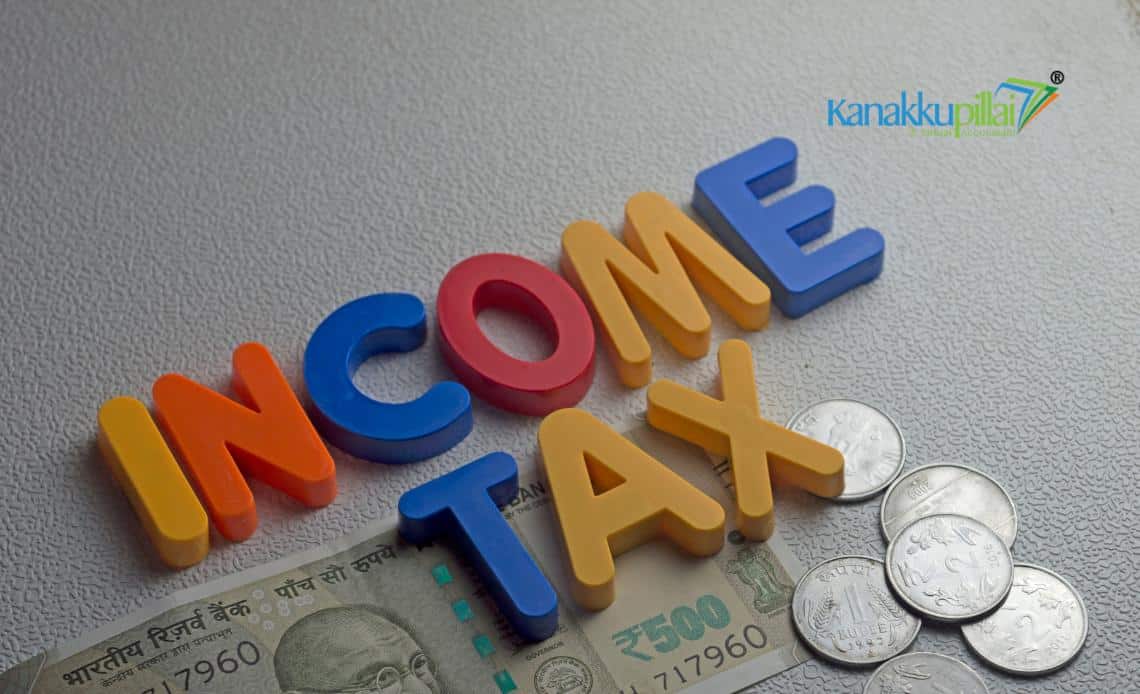As the Income Tax Return (ITR) filing season for FY 2024–25 approaches, individual taxpayers must choose between the old and new tax regimes. Both offer distinct advantages depending on income level, deductions, and financial planning strategy.
This blog breaks down how the two regimes compare in 2025, recent changes introduced, and which option may suit your financial profile best.
Introduction
The Indian income tax system currently offers two regimes: the old tax regime, which allows various exemptions and deductions, and the new tax regime, introduced in FY 2020–21 to simplify tax compliance by offering lower rates but no exemptions. With the new regime being made the default system from FY 2023–24 onwards, taxpayers now must actively opt for the old regime while filing their ITR if they wish to continue claiming deductions like HRA, 80C, or 80D.
Choosing between these two options is no longer just a technical decision it can impact your overall tax liability significantly.
What Changed in 2025?
- The new tax regime continues as the default. If you don’t choose, your ITR will be processed under it automatically.
- Standard deduction of Rs 50,000 remains applicable to salaried taxpayers even under the new regime.
- Rebate under Section 87A is available for income up to Rs 7 lakh (new regime) so no tax if your income is Rs 7 Lakhs or less.
- HRA, LTA, 80C, 80D, and other deductions still only apply in the old regime.
- The new regime is more favourable for individuals who don’t have many investments or deductions to claim.
Tax Slabs in FY 2024–25 – Old vs New Regime
Here’s how the income tax slabs compare under both regimes –
Old Regime (With Deductions)
| Income Slab (Rs) | Tax Rate |
| 0 – 2.5 lakh | Nil |
| 2.5 – 5 lakh | 5% |
| 5 – 10 lakh | 20% |
| Above 10 lakh | 30% |
You can claim deductions like –
- Rs 1.5 lakh under Section 80C
- Rs 25,000 to Rs 50,000 under 80D (medical insurance)
- HRA, LTA, standard deduction, NPS, education loan interest, etc.
New Regime (Revised & Default)
| Income Slab (Rs) | Tax Rate |
| 0 – 3 lakh | Nil |
| 3 – 6 lakh | 5% |
| 6 – 9 lakh | 10% |
| 9 – 12 lakh | 15% |
| 12 – 15 lakh | 20% |
| Above 15 lakh | 30% |
How to Choose Between the Two Regimes
Choosing between the old and new tax regimes is not just about tax rates; it depends on how you earn, save, spend, and plan your finances. The old regime rewards structured tax planning through deductions, while the new regime is designed for simplicity and low paperwork. Here’s a deeper look at how to make the right choice
You can opt for the Old Tax Regime if –
- You claim multiple deductions like –
- Rs 1.5 lakh under Section 80C (PF, ELSS, LIC, tuition fees)
- Health insurance premium under 80D
- Home loan interest under 24(b)
- Education loan interest under 80E
- HRA and LTA exemptions
- Your employer offers a tax-friendly salary structure with allowances and reimbursements.
- You actively invest in tax-saving instruments and manage your finances around exemptions.
- You’re a salaried individual or a senior citizen with regular medical expenses and other eligible deductions.
The old regime is ideal if your total deductions exceed Rs 2.5 – Rs 3 lakhs, as the tax savings often outweigh the higher slab rates.
You can opt for the New Tax Regime if –
- You have a straightforward income with no major investments or eligible deductions.
- You’re a young professional, freelancer, or gig worker without structured benefits like HRA or PF.
- Your total income is below Rs 7 lakh, making you eligible for a 100% rebate under Section 87A.
- You prefer not to manage tax paperwork or submit multiple proofs to your employer.
- Your savings are directed more toward flexibility and liquidity rather than tax planning.
The new regime works best if you want a clean, no-exemption system that focuses on lower rates and minimal documentation.
Example Scenarios
1. Individual with Rs 10 lakh salary + Rs 1.5 lakh investment in 80C + Rs 50,000 under 80D
- Old regime benefits from deductions → tax payable is less than the new regime.
2. An individual earning Rs 8 lakh, no investments
- The new regime is better due to the standard deduction and lower rates.
3. Senior citizen with Rs 6.5 lakh pension income, claims 80D and standard deduction
- Could benefit more under the old regime, depending on total deductions.
Switching Regimes in ITR Filing
- Salaried individuals can choose a regime each year while filing ITR.
- Business income taxpayers can switch only once (after that, the choice is locked unless the business is discontinued).
The ITR form will prompt you to select your preferred regime. Ensure that you compare and select accordingly before submitting.
Conclusion
The choice between the old and new tax regimes while filing income tax return in 2025 boils down to how actively you use deductions and exemptions. The new regime is simpler, with lower tax rates and fewer documentation requirements, making it ideal for those with minimal tax planning needs. The old regime, on the other hand, still holds value for disciplined savers and those with home loans or HRA claims.
There’s no one-size-fits-all answer. Compare both options before filing your return, and choose the regime that minimizes your tax while aligning with your financial habits.
References
The Income Tax Rules, 1962
The Income Tax Act of 1961 (Act No. 43 of 1961)





